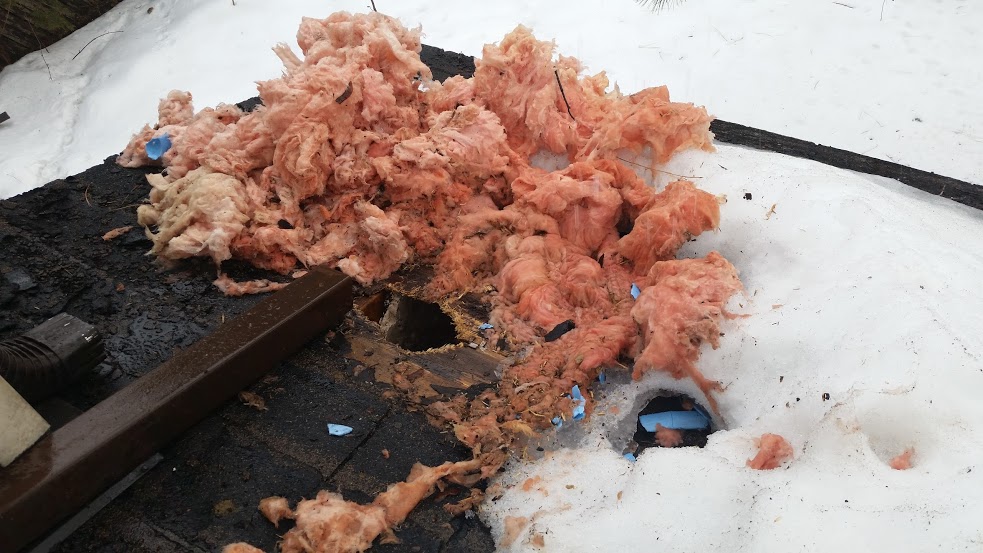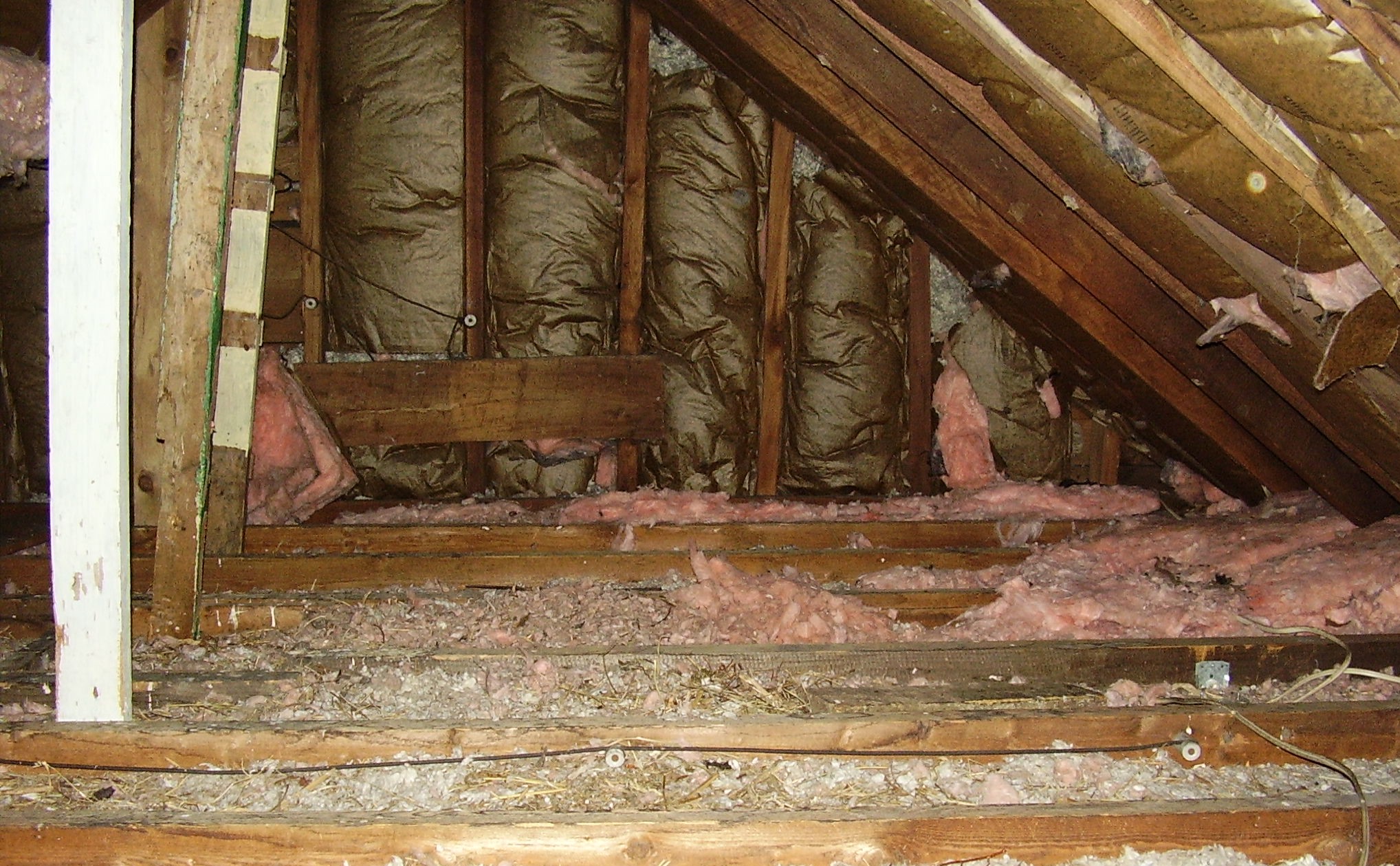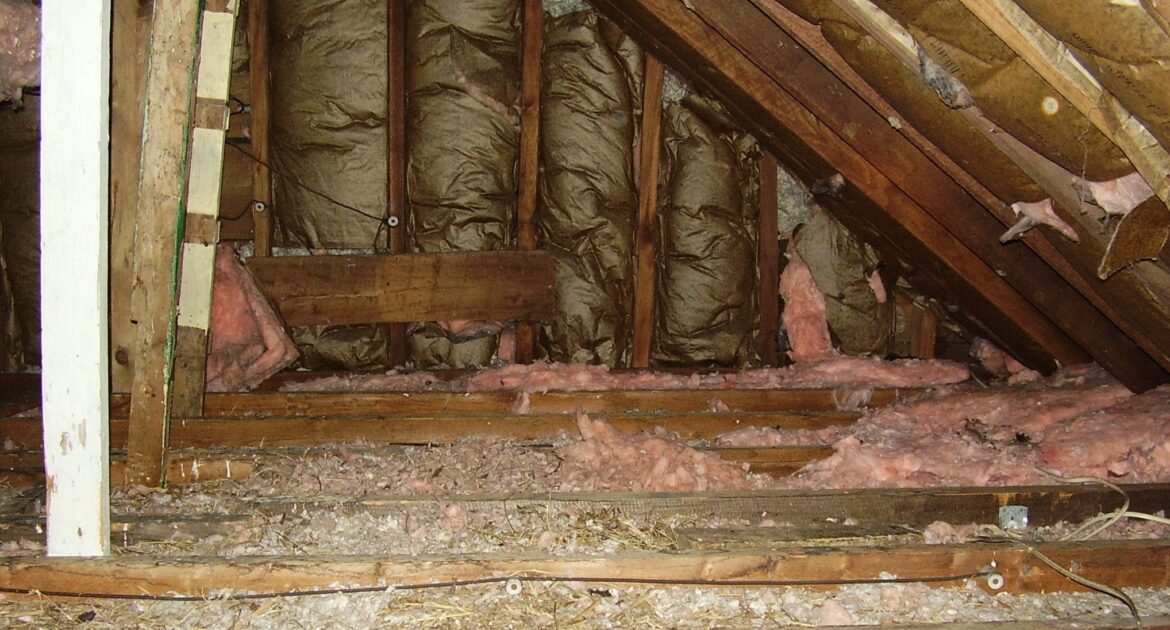Raccoons know what they want: A safe place to raise their babies with easy access to food. They possess the tenacity and perseverance to pursue what they want, as well as skills that help them achieve it. In the wild, raccoons make their homes in trees, and urban raccoons still like to live high off the ground. This means that they may make a den in your attic, and you may have to call wildlife control in Okanagan for raccoon removal.
How Do Raccoons Get Onto the Roof?
Raccoons are very good at climbing. They have nimble paws equipped with long toes with sharp claws at the end that help them get a good grip and pull themselves up. If you have a tree that is close to the house, a raccoon may first climb up the tree and then cross over to the roof on the overhanging branches. However, a raccoon may also take a more direct route and climb directly up the downspout. Deck railings, pergolas, television antennas, and fences can also provide a way for raccoons to climb up on the roof.
What Damage Can Raccoons Cause to Your Roof?
Getting up on the roof is only part of the raccoons’ objective. They want to get into the attic where it is warm and safe. Once they are on the roof, they look for a way to get into the attic, such as an open eave. If they find a small hole, they can stick one of their paws inside to make it bigger using their strong paws. If they cannot find a way in, they are well equipped to make one by tearing through the shingles on your roof or breaking through the soffit vents. Raccoons not only have strong, dextrous paws to help them commit the damage, they also have high intelligence and problem-solving capability to identify weak areas in which to target their efforts.
What Damage Can Raccoons Do Once They Get Into Your Attic?
By breaking into your attic, raccoons have already compromised your home’s structural integrity and left you vulnerable to water leaks. Once they get inside, they may cause further damage by ripping up ductwork and chewing on electrical wires, posing a fire hazard. If a raccoon gets into your attic, it is probably looking for a place to build a den to raise babies. Raccoon mothers want their babies to stay warm, so they may rip up insulation to use as bedding material. The longer that raccoons remain in your attic, the worse the damage will become.
Adult raccoons usually do not defecate in their dens. Although they may sometimes soil the attic space they most often use a chosen latrine spot outside. However, the babies are too little to go outside, at least at first, and may soil the attic. Raccoon excrement can carry dangerous diseases that can spread to people or pets, and the risk is the same whether the feces are in the attic or an outdoor latrine.

How Do You Keep Raccoons Off Your Roof?
If you have one or more trees with branches that are close to the house or overhanging your roof, you should have them trimmed. That way, raccoons cannot use the branches as a means to climb onto the roof.
Raccoons often make dens where there is a readily available supply of food nearby. Avoid attracting them to your property by leaving food around. Keep the garbage cans locked indoors as much as possible, and when you do put them outside, keep the lids closed to contain the scent of food. Clean up after picnics and don’t leave pet food sitting outside.
How Can Wildlife Control in Okanagan Help You With Raccoons?
Raccoons cannot remain in your attic because of the destruction they can cause, but it would be dangerous to handle them yourself. Skedaddle technicians remove the raccoons safely and then clean up where they have been.




